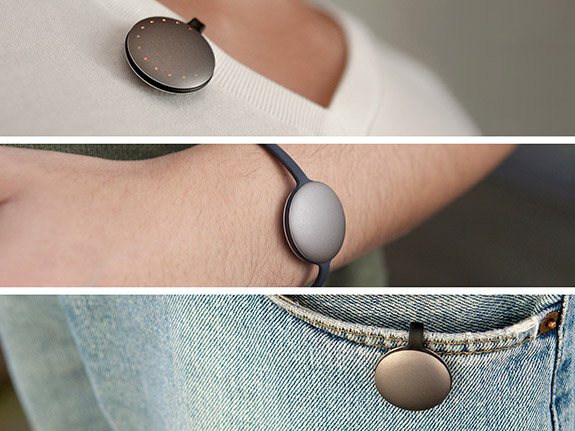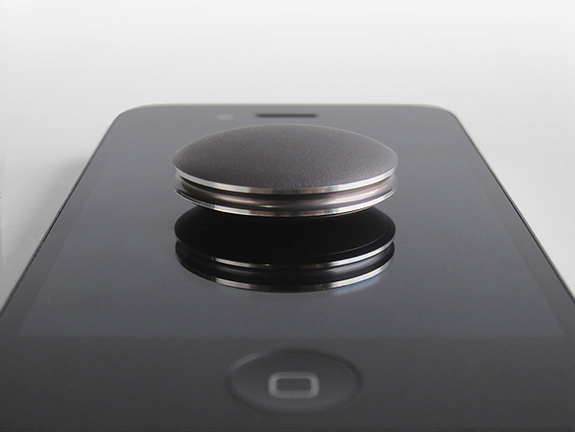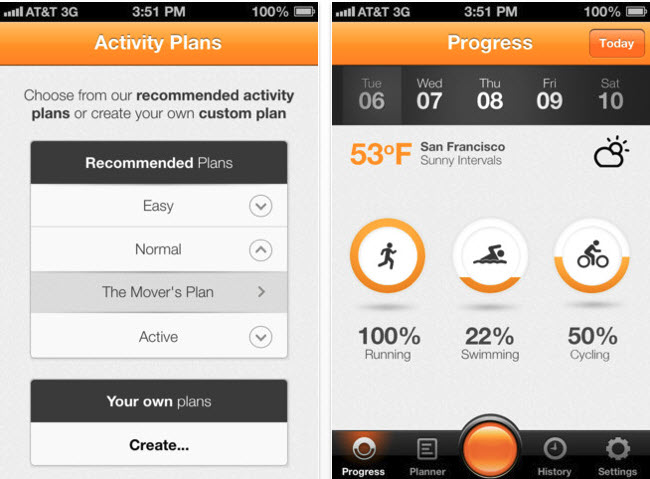This week, the Misfit Shine will join at least three other wearable products on Apple Store shelves, including the Jawbone Up, the Nike+ FuelBand and various versions of the Fitbit. Like the Fitbit Flex, the Shine will retail for $100. What makes it a successful design? Simple, classic design and materials that make it feel timeless and a really simple UX that adds meaning and value to our daily lives. Misfit's design constraint came down to power management. The circular shape wraps around a coin cell battery that they spent significant investment trying to get the device to last for a year. According to Misfit, it will last 4-6 months on one battery. Not a bad start!
I've been wearing my Misfit Shine for the past couple weeks and I must say, Sonny Vu and team have done a tremendous job making the device actually wearable. It's classic form and metal finish goes with just about anything, which makes it really easy to wear all day with any outfit, while sleeping, and even in the shower. Heck, I even wore it in the pool while taking my 8 month-old daughter swimming for the first time.
Read more about the Shine at the Apple store on All Things D.



